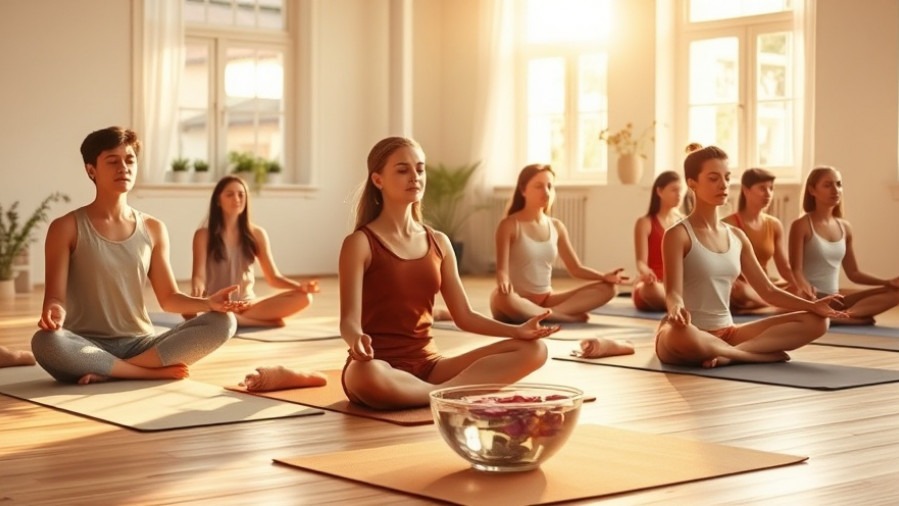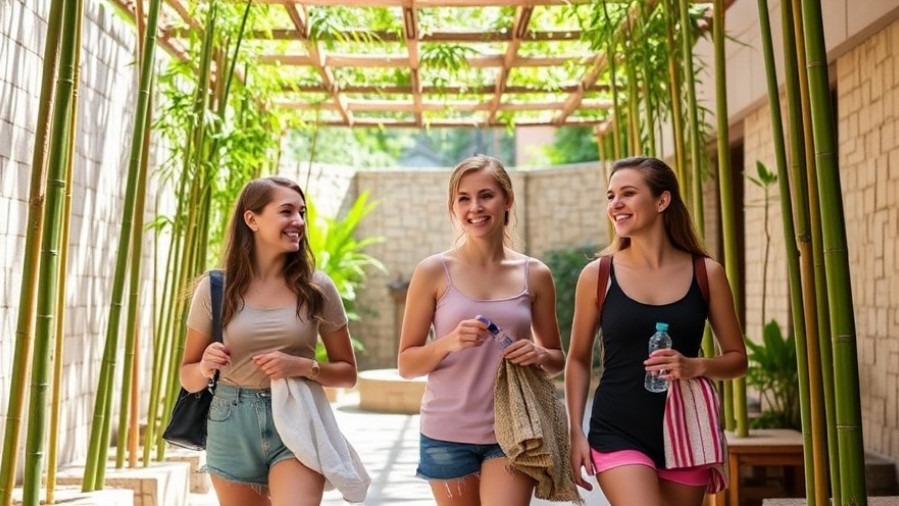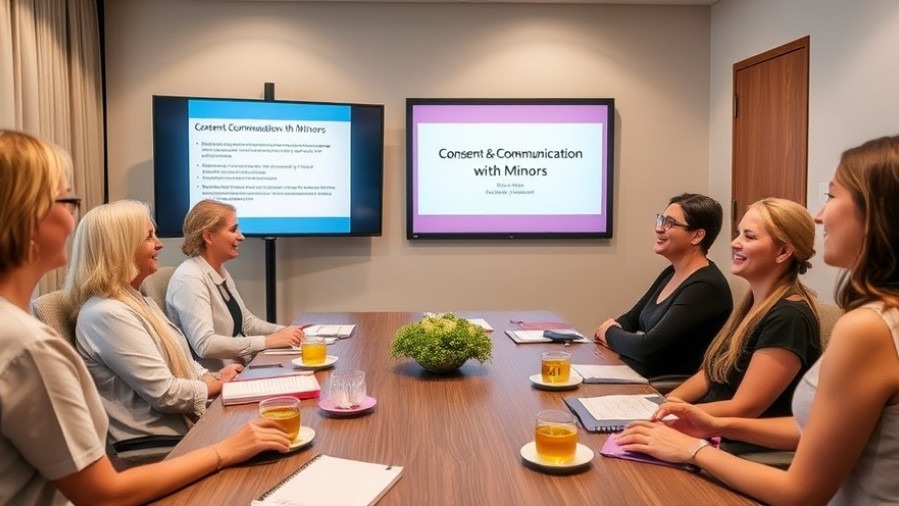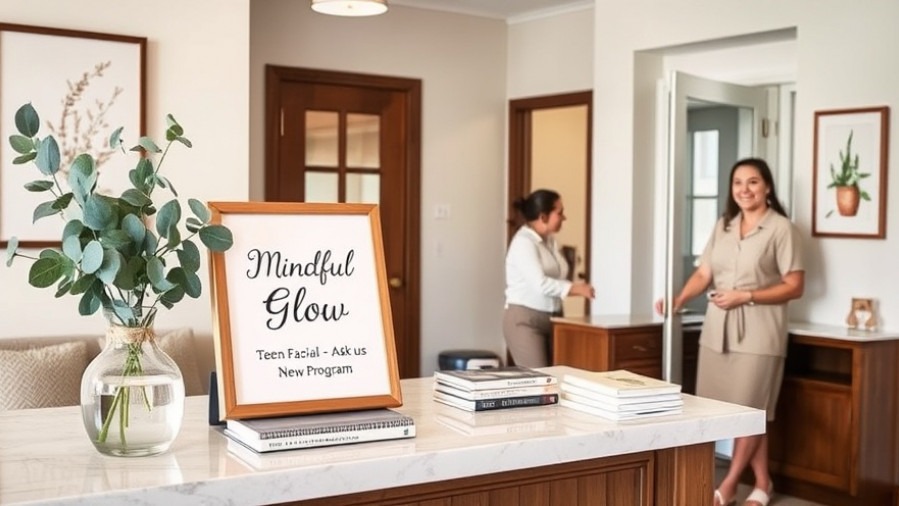
Why the Next Wave of Spa Innovation Focuses on Families, Emotional Wellness, and Digital Balance
A hush settles over the spa just as the morning light filters through wide glass windows. Instead of the usual silence, a ripple of laughter drifts from a side studio.
There, a handful of teens and parents sit cross-legged on yoga mats, eyes closed, breathing in sync. Phones are tucked away. The atmosphere hums with calm focus.
For decades, spas have been sanctuaries for adults. Now, something more inclusive is taking shape—wellness that welcomes every generation.
Across the world, resorts and day spas are quietly rewriting what rejuvenation means. Places like Six Senses, Miraval, and Disney’s Aulani Resort are discovering that when families slow down together, healing becomes a shared experience.
The question guiding this change is simple but profound: What if we helped people learn balance before stress became a lifelong habit?
According to the Global Wellness Institute, teens now spend over seven hours a day on screens—an all-time high—and report record levels of anxiety and sleep disruption.
Yet this challenge also marks one of the biggest opportunities in modern spa culture: extending wellness beyond pampering into prevention, education, and emotional connection.
“Youth wellness isn’t about mini facials—it’s about shaping lifelong habits of calm and confidence,” says wellness designer Alina M. Hernandez, known for her work in experiential wellbeing across international resorts.
That shift—from relaxation to resilience—is redefining what it means to be in the business of care.
A New Chapter in Spa Culture
Traditional spa design was built on quiet exclusivity: low lighting, whispered voices, and adults escaping the everyday. But families are traveling differently now.
Parents want meaningful time with their children, not just parallel vacations. And teens—stressed by academic pressure, social media, and constant digital noise—are looking for places that let them breathe.
Amy McDonald, founder of Under a Tree Consulting, has helped dozens of hospitality brands pivot toward younger demographics.
“Teens today face unprecedented stress,” she explains. “There’s a huge market for families traveling with teens, and spas that lower the age limit or add mindful programs are meeting a real need.”
From luxury hotels to neighborhood studios, operators are realizing that family-friendly doesn’t have to mean chaotic. It can mean intentional design—soft colors, comfortable lounges, and gentle services that make self-care feel natural rather than indulgent.

Moments That Changed the Conversation
In the past few years, several watershed projects have pushed the teen-wellness idea from novelty to necessity.
At Six Senses, the Grow With Six Senses initiative introduced a global framework for youth wellbeing, blending play, curiosity, and mindfulness.
Miraval Resorts followed with Miraval Mode, a policy that asks guests to set aside devices and rediscover the art of being present. Over in Hawaii, Disney’s Aulani Resort opened Painted Sky: HI Style Studio, giving teens an uplifting, culturally rich spa space of their own.
Behavioral scientist Natanya Wachtel, co-founder of evrmore, calls these programs essential.
“Youth mental health and digital-wellbeing require interventions that don’t look like adult wellness,” she says. “They need purpose, peer connection, and experiences designed for behavior change.”
Together, these examples prove that emotional wellness can—and should—begin early. They’ve also set a new benchmark for what thoughtful hospitality looks like in 2025 and beyond.
Inside the Strategies
1. Meeting Teens Where They Are
Forward-thinking spas are swapping “luxury” for learning. Instead of long massages or complex facials, the focus is on approachable sessions that educate and empower. The Four Seasons Los Angeles offers “Glow on the Go” facials that teach skincare basics.
Milk + Honey Spa in Texas runs teen appointments framed around self-esteem and balance rather than perfection. These offerings don’t just fill time slots—they plant seeds of confidence.
2. Teaching Emotional Skills
Studies from the Global Wellness Institute show that mindfulness, breathwork, and journaling help young people regulate stress and improve sleep. Hernandez designs spa journeys that weave these tools subtly into treatments.
“When we design through the lens of psychology instead of vanity, we teach self-regulation,” she says.
Some spas now partner with local counselors or yoga teachers to make emotional literacy part of the guest experience.
3. Turning Digital-Detox into a Selling Point
“Unplugged” is the new exclusive. At Miraval, guests rave about how good it feels not to reach for their phones. Smaller spas are adapting the idea with “quiet hours” or device-free lounges.
Framing it as mindful tech use rather than restriction keeps the tone positive—and the reviews glowing.
4. Designing for Connection
Group sound baths, outdoor yoga, or creative workshops invite parents and teens to engage side-by-side. Resorts like BodyHoliday St. Lucia host “WellFit Families,” where beach runs and cooking classes replace screens with shared laughter.
The payoff? Higher loyalty, authentic storytelling on social media, and a reputation for values-driven hospitality.

Behind the Scenes: How Leaders Make It Work
Welcoming younger guests takes more than adjusting the menu. It means building the right structure.
Policies come first—age ranges, consent forms, and guardian presence requirements must be clear. Platforms like Mindbody and Zenoti simplify this with digital waivers and family accounts.
Next is training. Therapists learn how to communicate comfortably with minors, keep boundaries professional, and adapt language for understanding.
Finally, the environment itself matters. A dedicated space—bright yet serene—signals that teens are not intruders but invited participants.
“You can’t just open the door and hope for the best,” McDonald cautions. “Curate the experience from booking to goodbye. That’s how you earn trust.”
The Business of Belonging
Far from diminishing brand prestige, inclusive wellness often enhances it. Families who experience meaningful connection become advocates, returning year after year. Many share stories online, generating the kind of word-of-mouth no ad budget can buy.
Community partnerships extend this impact. Some day spas host “Wellness Sundays” where parents and teens explore mindfulness together.
Others partner with schools to deliver workshops on posture, stress management, or skincare basics. Each initiative expands reach while reinforcing credibility as a wellness authority.
For spa directors, the lesson is clear: serve the whole family, and you secure your future market. Today’s mindful teenager is tomorrow’s loyal adult guest.
Practical Wisdom for Industry Pros
Start Small. Test one youth-focused service—like a 30-minute “Mindful Glow” facial or a Saturday family meditation class—and build from feedback.
Partner Thoughtfully. Collaborate with psychologists, teachers, or youth coaches to add depth and safety.
Reframe Marketing. Replace “beauty” language with words like calm, clarity, and confidence.
Train Your Team. Equip every staff member—from reception to therapist—with confidence in consent procedures and communication.
Track Meaningful Metrics. Measure success not only in revenue but in satisfaction, repeat visits, and emotional engagement.

Leading the Next Generation of Wellness
The wellness world is evolving, and so is its audience. The spas that thrive will be those that see wellbeing not as an escape, but as an education. The laughter of a teenager in a yoga class or the quiet focus of a family breathing together—these are not distractions from spa culture. They are its future.
“When we help families practice calm together,” McDonald says, “we’re not just offering treatments—we’re teaching lifelong wellbeing skills.”
Takeaways for Spa Leaders
Lead with empathy and education—invite every age to experience care.
Design spaces that feel safe, natural, and inclusive.
Anchor policies in integrity and training.
Market stories, not status. Authenticity builds community.
By embracing this evolution, spa owners and directors can build models that thrive both financially and ethically—centers of calm that foster resilience and belonging.
“The measure of a great spa,” Hernandez reminds us, “isn’t how exclusive it feels, but how deeply it heals.”
And that’s the opportunity waiting now: to create places where the next generation learns the art of stillness, connection, and joy. Because when families find wellness together, everyone wins.
Explore deeper analysis on spa business trends, treatment evolution, and market shifts in the Industry Trends category, or visit Spa Front News for more industry intelligence and wellness inspiration.
—
Authored by the Spa Front News Editorial Team — a publication of DSA Digital Media, dedicated to elevating the spa industry with expert insights, treatment breakthroughs, and destination features for spa owners, managers, and wellness leaders.
 Add Row
Add Row  Add
Add 




Write A Comment